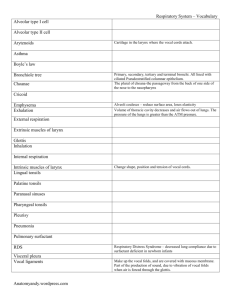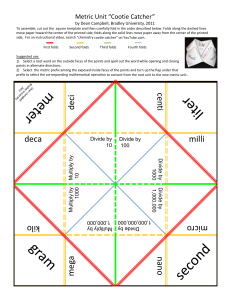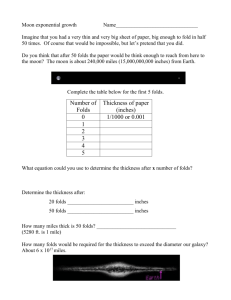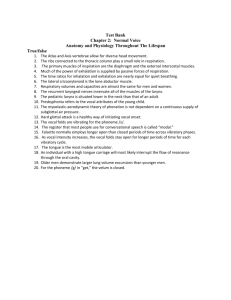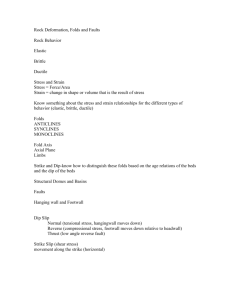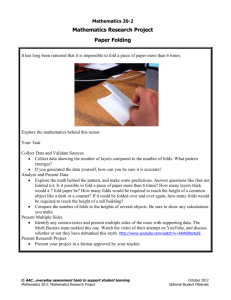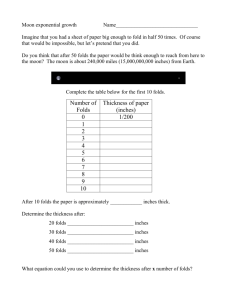aitch - Gwent Bach Society
advertisement
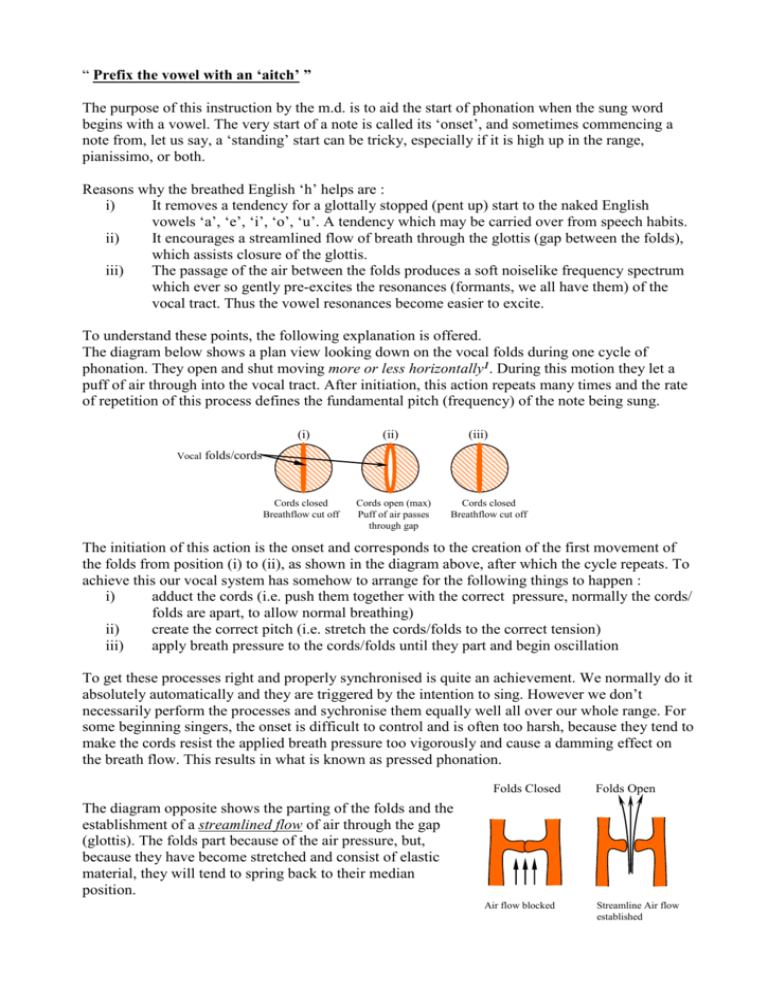
“ Prefix the vowel with an ‘aitch’ ” The purpose of this instruction by the m.d. is to aid the start of phonation when the sung word begins with a vowel. The very start of a note is called its ‘onset’, and sometimes commencing a note from, let us say, a ‘standing’ start can be tricky, especially if it is high up in the range, pianissimo, or both. Reasons why the breathed English ‘h’ helps are : i) It removes a tendency for a glottally stopped (pent up) start to the naked English vowels ‘a’, ‘e’, ‘i’, ‘o’, ‘u’. A tendency which may be carried over from speech habits. ii) It encourages a streamlined flow of breath through the glottis (gap between the folds), which assists closure of the glottis. iii) The passage of the air between the folds produces a soft noiselike frequency spectrum which ever so gently pre-excites the resonances (formants, we all have them) of the vocal tract. Thus the vowel resonances become easier to excite. To understand these points, the following explanation is offered. The diagram below shows a plan view looking down on the vocal folds during one cycle of phonation. They open and shut moving more or less horizontally1. During this motion they let a puff of air through into the vocal tract. After initiation, this action repeats many times and the rate of repetition of this process defines the fundamental pitch (frequency) of the note being sung. Vocal (i) (ii) Cords closed Breathflow cut off Cords open (max) Puff of air passes through gap (iii) folds/cords Cords closed Breathflow cut off The initiation of this action is the onset and corresponds to the creation of the first movement of the folds from position (i) to (ii), as shown in the diagram above, after which the cycle repeats. To achieve this our vocal system has somehow to arrange for the following things to happen : i) adduct the cords (i.e. push them together with the correct pressure, normally the cords/ folds are apart, to allow normal breathing) ii) create the correct pitch (i.e. stretch the cords/folds to the correct tension) iii) apply breath pressure to the cords/folds until they part and begin oscillation To get these processes right and properly synchronised is quite an achievement. We normally do it absolutely automatically and they are triggered by the intention to sing. However we don’t necessarily perform the processes and sychronise them equally well all over our whole range. For some beginning singers, the onset is difficult to control and is often too harsh, because they tend to make the cords resist the applied breath pressure too vigorously and cause a damming effect on the breath flow. This results in what is known as pressed phonation. Folds Closed Folds Open The diagram opposite shows the parting of the folds and the establishment of a streamlined flow of air through the gap (glottis). The folds part because of the air pressure, but, because they have become stretched and consist of elastic material, they will tend to spring back to their median position. Air flow blocked Streamline Air flow established However, they are given additional help in this by a phenomenon known in physics as the Bernoulli2 effect, which roughly says : ‘whenever a fluid, in this case air, flows in a streamlined fashion through a constriction, there is a local reduction of pressure in the constriction’. Thus, when air flows in a streamlined fashion through the glottis, there is a reduction of pressure there, which tends to suck the folds together, thereby assisting closure. In general, but not in all cases the glottis closes more quickly than it opens. This is borne out by measurement. The opening and closing times of the folds have an important bearing on the quality of the acoustic spectrum it generated by the folds. On page 154 of his book ‘Great Singers on Great Singing’3, Jerome Hines, in the interview he conducted with Cornell MacNeil, (died 2011 aged 88) introduces the topic of the ‘breathed h’ and in a short exchange both conclude that they have benefited from its use. Jerome Hines and Cornell MacNeil were both, for many years, leading singers with the New York Met. 1 The exact mode of vibration of the folds is much more complex and does not take place in a single plane. 2 Daniel Bernoulli, 18th C. Swiss Scientist. 3 A fascinating book containing twenty interviews with famous singers of yesteryear including one with Luciano Pavarotti. P.S. If you follow the following link and are not too squeamish you can see a video on youtube of the action of the vocal folds in action : http://www.youtube.com/watch?v=Gv4evDGLgjQ
